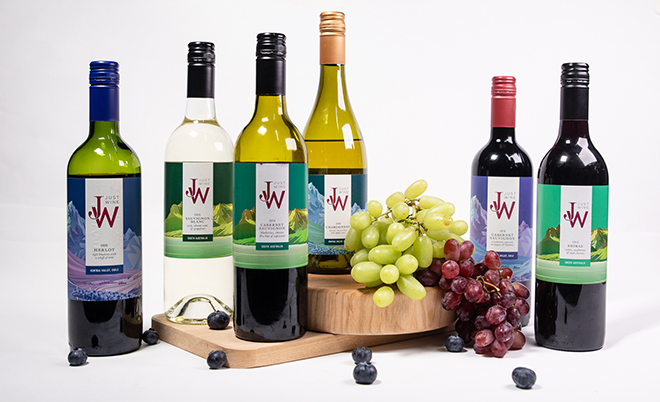
Established in 2017 with only 3 SKUs from Australia, before expanding to include an additional 3 SKUs from Chile in 2018, Just Wine is an affordable brand with an array of premium table wines, designed for everyday consumption. Meticulously curated through a blind-tasting technique carried out by a panel of experts, head by Wine Consultant, Ch’ng Poh Tiong, Just Wine’s unique selection of flavours intend to appeal to the everyday wine enthusiast, aiming to be there for you in all moments of joy, sorrow, and celebration.
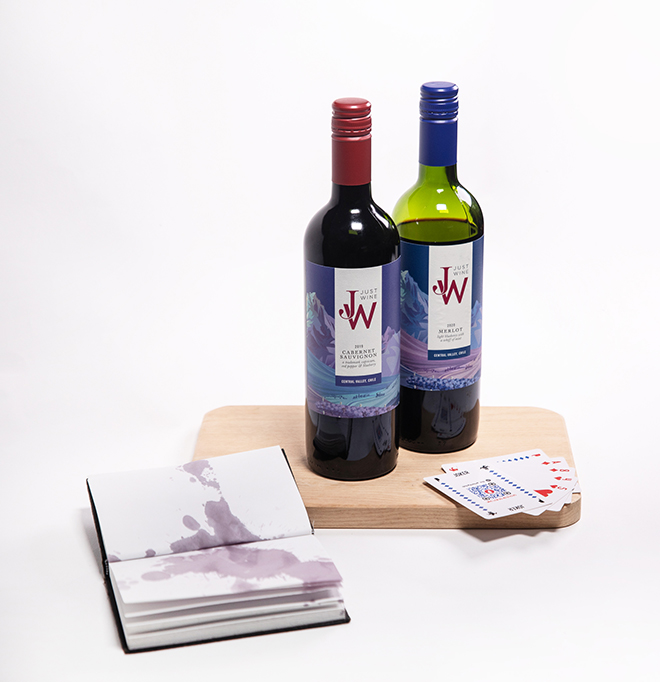
Believe it or not there’s more to wine than clinking glasses, looking sophisticated, or getting drunk on fermented grapes. In this article, we aim to demystify the concept of wine tasting, and provide expert tips on appropriately selecting, collecting, and indulging in this refined beverage, with the help of sommeliers – Ronald Kamiyama from Bar Cicheti, and Gerald, the President of the Sommelier Association of Singapore.
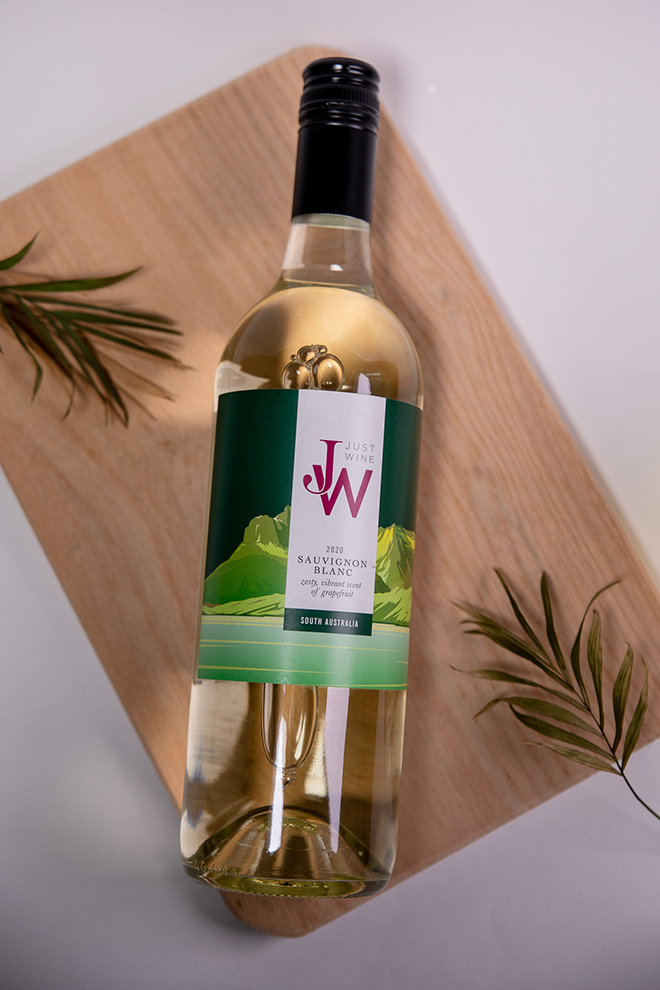
Is cheap wine bad?
The answer to this question, solely depends on you! In the words of Ronald Ramiyama, not only is taste subjective, but the price of wine does not directly indicate quality. On the other hand, while Gerald reiterates that the concept of enjoyment and costliness are subjective, he believes pricier wine is often an indication of the type of equipment and techniques used in extracting purer and more complex flavours.
A few factors that ultimately affect price include –
- The number of bottles produced
- Import and export duties
- The aging of the wine before release
- Vinification techniques.
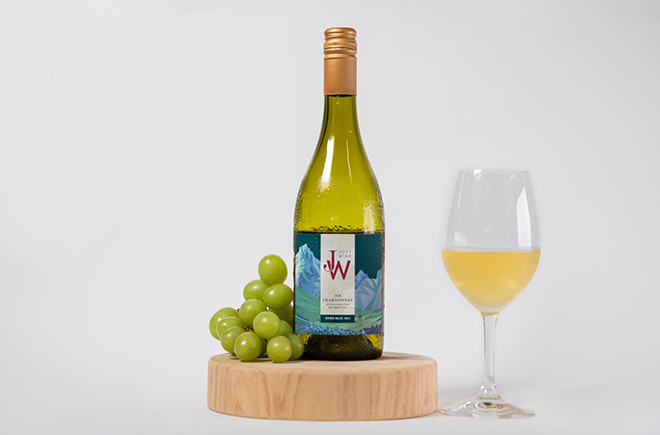
Gerald’s first-time buyer’s tips to picking a good wine
- Understand your palate based on geography. (E.g. Southeast Asians typically enjoy spicy, savoury, and acidic flavours) Based on the Southeast Asian palate, Gerald advises first-time buyers to select bolder, and fruitier flavours with a higher sugar content from the Southern hemisphere – such as, New Zealand, Chile, Argentina, and Australia.
- Pay attention to alcohol content. Medium-bodied wines range between 12.5-13%, while richer and fuller wines contain over 14%.
- Choose your wine intensity based on grape characteristics. For example – less intense wines include Syrah, Merlot, and Pinot Noir; aromatic wines include Sauvignon Blanc; intense fruit flavoured wines include Shiraz; floral wines include Pinot Grigio, oak-based wines include Chardonnay; and tannin-based wines include Cabernet Sauvignon.
Tannins are derived from grape skin, which cause a dry-sensation on the gums. For example, while the dry and medium-bodied 2018 vintage Just Wine Shiraz from South Australia, was awarded third runner-up at the 2020 Decanter World Wine Awards for showcasing elegant raspberry and cherry fruit flavours and violet aromas, it is most notably characterized by its rounded tannins which glide across the palate, leaving little traces of well-integrated, ripe and smooth ‘drying’ sensations. On the contrary, less ‘drying’ wines include the Just Wine Chardonnay from Chile, which features tropical fruit and appley notes; well-balanced by fresh acidity and no tannins.
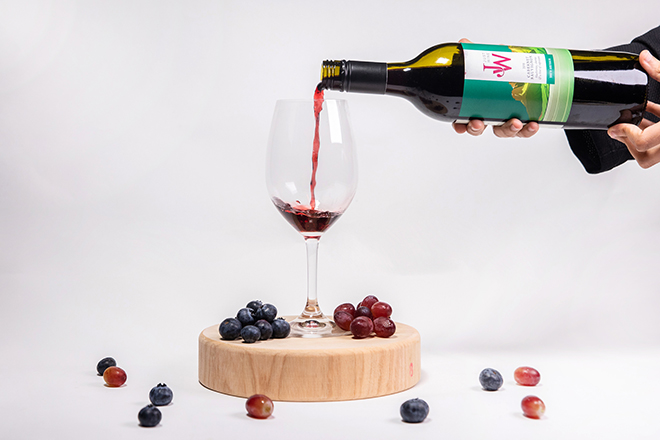
Ideal serving temperature of wine
Like any beverage ever, certain wines taste better at varying temperatures –
- Sparkling and Light-Bodied White Wines typically taste the best at ‘ice cold’ temperatures of 3-7°C.
- Rosé and Full-Bodied White Wines are meant to be served at ‘fridge cold’ temperatures of 7-12°C.
- Light and Medium-Bodied Red Wines should be served at ‘cool’ temperatures of 12-15°C.
- Bold red wines, such as the dry and medium-bodied Just Wine Merlot from Chile, which is best known for its light blueberry fruit qualities, with a whiff of mint aromas, should be served at ‘slightly cool’ temperatures of 15-20°C.
Pro tip: If the wine burns your nose with the smell of alcohol, it might be too warm!
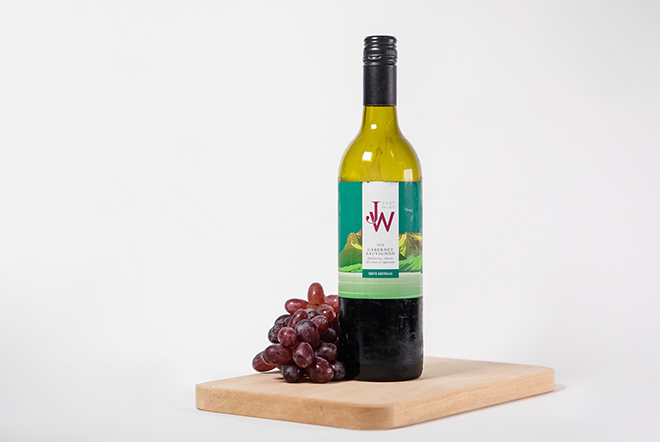
How to properly open and serve wine
- Simply twist. Unlike the complex packaging of many other wine brands, Just Wine provides an ease of access through incorporating screw-on caps instead of traditional corks – thus further enhancing its beginner-friendly appeal.
- Put a light at the shoulder of the bottle to decant the wine as you pour it. While people traditionally use candles to light the bottle, phone flashlights work just as well. Pro tip: Almost every red wine tastes better once decanted and left to sit for 30-45 minutes!
- Do not pour too much. The amount of wine in each glass should rest just below the widest part of the glass. Typically, a standard pour of wine comprises of an estimated 5 to 6 ounces or 150 to 180ml.
- The No Drips Trick. To save yourself from the embarrassment of unnecessary spillage, simply rotate the bottom side of the bottle away from you as you deliberately stop pouring.
- Know your pairings. As carefree as personal consumption is, knowing what goes together and offering it to guests at the right time, will never fail to impress a crowd. If roasted meat, lamb, beef, stews, roast pork, and mushroom dishes are on the agenda, consider opening a bottle of Just Wine’s dry and medium-bodied Cabernet Sauvignon from Chile or South Australia. Other simple pairings worth remembering include, pouring a glass of South Australian Just Wine Sauvignon Blanc before indulging in dim sum, tempura, pakoras, canapés and other deep-fried finger foods.
–
This post was brought to you by NTUC FairPrice



